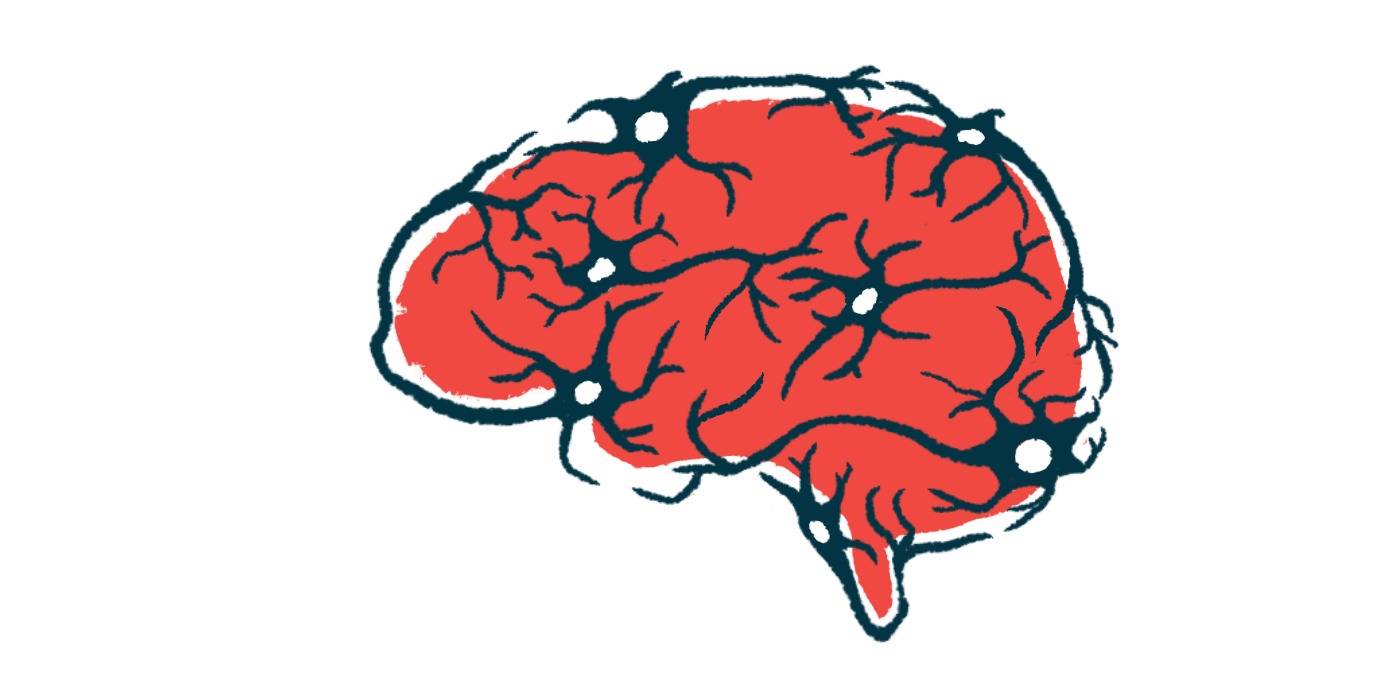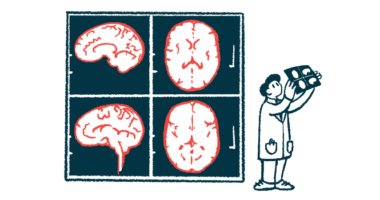Low-intensity ultrasound boosts therapeutic delivery to the brain
Technique opened blood-brain barrier temporarily to allow therapy's passage

Noninvasive low-intensity focused ultrasound (LIFU) temporarily opened the blood-brain barrier to allow molecules to enter the brains of Parkinson’s disease patients, a study reports.
In nonhuman primates, LIFU safely enhanced the delivery of a gene therapy model using a harmless, modified virus directly to the striatum, a region affected by Parkinson’s.
The findings show the feasibility and safety of using focused ultrasound to temporarily open the blood-brain barrier and enable the targeted delivery of therapeutic agents to the brain.
The study, “BBB opening with focused ultrasound in nonhuman primates and Parkinson’s disease patients: Targeted AAV vector delivery and PET imaging,” was published in Science Advances.
Parkinson’s is caused by the loss of dopamine-producing neurons in a brain region called the substantia nigra, causing a deficit of dopamine, a signaling molecule released by neurons to aid communication. Dopamine deficiency particularly affects the striatum, which is involved in voluntary movement control.
Potentially promising therapies, such as immunotherapy and gene therapy, are often limited by their inability to cross the blood-brain barrier (BBB), a highly selective membrane that limits substances passing from the bloodstream into the brain.
Overcoming this obstacle by efficiently administering drugs into the brain could lead to major therapeutic developments against neurodegenerative diseases like Parkinson’s.
LIFU is a noninvasive technique that can temporarily open the BBB in specific locations using low-energy sound waves. Unlike traditional high-intensity focused ultrasound, LIFU can penetrate biological tissues without causing significant heating or damage.
Safety, feasability of LIFU to open BBB
Researchers in Spain evaluated the safety and feasibility of LIFU to open the BBB in regions implicated in Parkinson’s disease using nonhuman primates (NHPs). They also reported data from a clinical trial (NCT03608553) that tested the technique on Parkinson’s patients.
In NHPs, the BBB opening was detected with gadolinium (Gd), a compound infused into the bloodstream that doesn’t cross the BBB and can be tracked with a MRI.
Across several brain regions in healthy animals, BBB openings of moderate size were achieved with LIFU. No abnormal MRI findings were reported and the BBB was restored within 24 hours. No neurological or behavioral symptoms occurred during the procedure or follow-up.
Wide LIFU coverage was observed by targeting the putamen in the striatum, creating large-volume BBB openings. Large BBB openings were also verified in parkinsonian monkeys exposed to a chemical that reduced dopamine-producing neurons by 60%. MRIs didn’t detect notable abnormalities and the BBB was restored within a month.
“It is noteworthy that our BBB opening was safe and seemed unassociated with any tissue damage in the striatum of a [Parkinson’s disease] monkey model,” the researchers wrote.
Because gene therapies are often delivered using harmless, modified adeno-associated viruses (AAVs), the researchers tested the therapeutic value of LIFU BBB openings for gene therapy.
AAVs carrying a gene encoding the green fluorescent protein (GFP), which could be easily detected, were infused into the bloodstream of healthy monkeys. Four weeks later, a tissue analysis showed AAV-GFP was successfully delivered to BBB areas specifically opened by LIFU.
GFP-positive neurons were seen in the brain areas that matched the Gd experiments, with no GFP production in any other sites. Markedly elevated numbers of GFP-positive neurons were found in the putamen and caudate nucleus in the striatum, and in the connecting midbrain, where the substantia nigra is found. A comparison of normal and parkinsonian monkeys showed similar results.
PET imaging to confirm findings
To confirm these findings, the experiments were repeated in NHPs with PET imaging of 18F-choline, a radioactive tracer molecule commonly used to track drug delivery, but which can’t normally cross the BBB. 18F-choline was only found in areas with sufficient BBB openings. Furthermore, LIFU led to a 90% increase in choline-18F uptake in the putamen and a 61% increase in the midbrain.
As part of a clinical trial, three Parkinson’s patients underwent 18F-choline PET imaging to assess the radio tracer uptake after the BBB opening. An analysis showed a 60% increased uptake of 18F-choline in the putamen and 39% in the midbrain, indicating effective penetration into the targeted regions.
“This study provides evidence for minimally invasive intracerebral AAV vector focal delivery across the BBB in adult NHPs using LIFU,” the researchers said. “This has broad implications for the fields of gene therapy and neurodegeneration. Targeted focal BBB opening might be envisaged as a valid approach to various putative neuro-restorative therapies that should be tested in a wide range of central nervous system disorders.”







